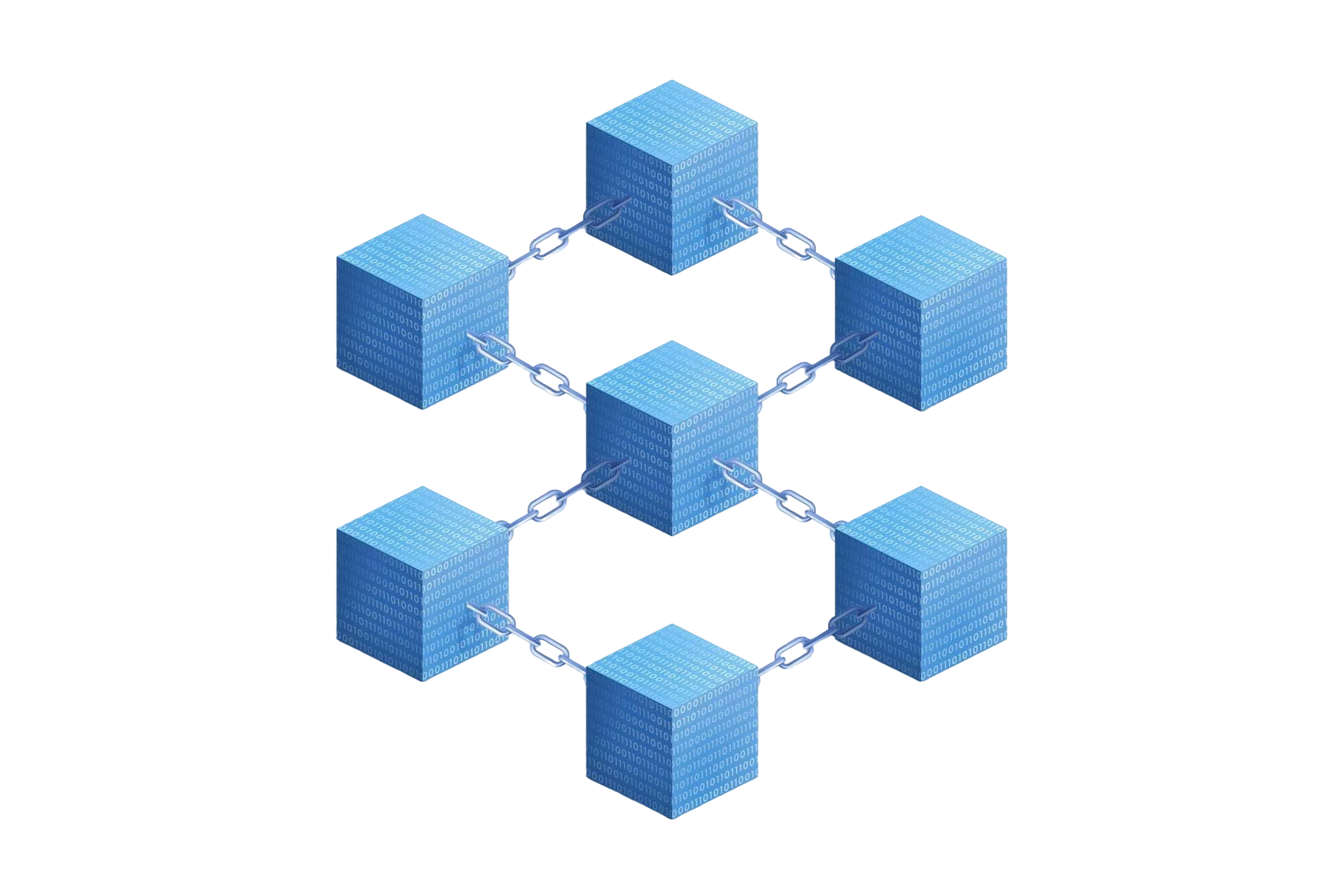
In the world of Web3, infrastructure matters. While most users focus on front-end interfaces and token prices, true decentralization and performance rely on what happens under the hood — particularly on blockchain nodes. So, what is a node in blockchain, and why did PBG decide to build its own?
This article explains the role of blockchain nodes, the technical and strategic advantages of operating one, and how PBG’s proprietary node — Ra — marks a key milestone in delivering full-stack autonomy to our protocol.
What Is a Node in Blockchain?
A node is a computer that connects to a blockchain network. Its role is to process, validate, and store data — including transactions and new blocks. In short, nodes are the core infrastructure that keeps a blockchain alive, synchronized, and secure.
There are different types of nodes (full nodes, relay nodes, light clients), but all serve a similar purpose: ensuring that data is verified and distributed across the decentralized network. Without them, no wallet, smart contract, or token transfer would be possible.
Understanding what is a node in blockchain is essential for grasping the foundations of decentralized finance. Every time a transaction is made or a new smart contract is deployed, it’s a node that validates and propagates that information across the blockchain.
To explore the various types of blockchain nodes in more detail, we recommend watching the following video:
Why PBG Chose to Build Ra
Rather than relying on external infrastructure, PBG made the strategic decision to operate its own Cardano node. This advancement is not just a technical improvement — it’s a core piece of our commitment to transparency, control, and decentralization.
The launch of Ra, our custom-built node, allows us to process blockchain transactions directly, without relying on third-party systems.
Ra is inspired by the Eye of Ra — a powerful symbol in ancient Egyptian mythology representing independent action, protection, and oversight. Just like its mythological counterpart, our Ra acts as an autonomous extension of the protocol: fast, precise, and always connected to the network.
Ra provides:
- Lower latency in transaction submission and block confirmation
- Faster and more consistent access to real-time blockchain data
- Improved precision in monitoring pending transactions and rollback scenarios
- Complete autonomy in handling queries and submissions on-chain
This transition empowers PBG to interact with Cardano at a foundational level and delivers a more reliable experience for our users.

Technical Benefits of Owning a Node 
Owning a node gives us several advantages:
- Zero intermediary lag: Queries and submissions are instant and native.
- Consistency across block confirmations: We avoid discrepancies that arise when using multiple desynchronized nodes.
- Better resilience: Our infrastructure is distributed and optimized for uptime.
- Precision: Even in edge cases where the network rolls back blocks, we can react in real time.
So, what is a node in blockchain when used in a high-performance protocol like PBG? It’s more than a validator — it’s a critical enabler of performance, control, and transparency.
Reinforcing Decentralization and Performance
Beyond the technical layer, this move speaks to PBG’s core values: decentralization, transparency, and autonomy.
By controlling our own node, we reduce third-party reliance, ensure higher accuracy in transaction handling, and align with our long-term vision of full on-chain infrastructure. In a world where many DeFi protocols still rely heavily on centralized services, Ra represents a different standard.
This shift also strengthens our smart contract performance, user experience, and internal monitoring — all without compromising security or decentralization.
Understanding what is a node in blockchain is key to understanding how platforms like PBG.io differentiate themselves in the evolving DeFi space.
Conclusion
So, what is a node in blockchain? It’s the invisible engine behind every crypto transaction — and now, PBG runs its own. With RA, we bring blockchain infrastructure closer to our protocol, ensuring better performance, fewer dependencies, and complete control.
This is more than a technical update. It’s part of our long-term strategy to lead the future of decentralized finance — not just at the portfolio level, but from the infrastructure up.
Disclaimer: This article is for informational purposes only. It does not constitute financial, legal, or investment advice. The content reflects PBG.io’s team perspective based on public data and internal analysis. Participation in decentralized products involves risk. Always conduct your own research before making any decisions.
